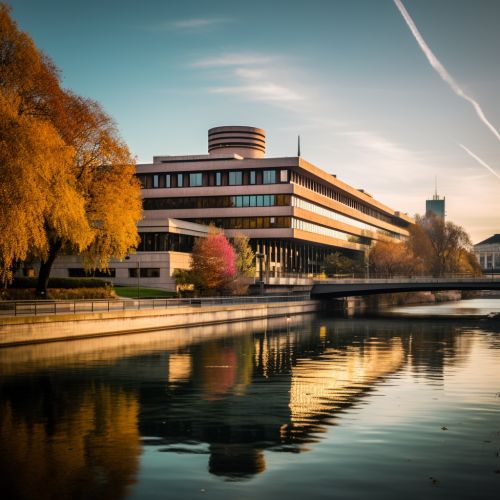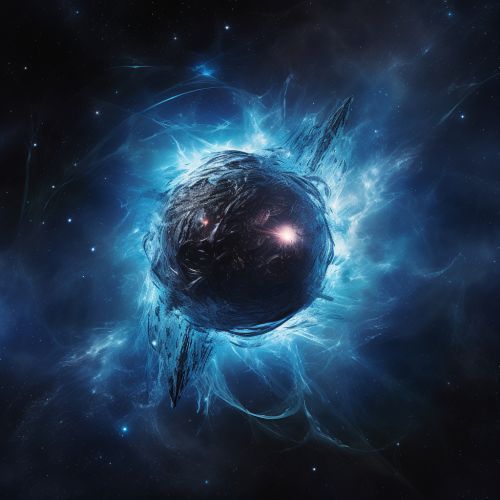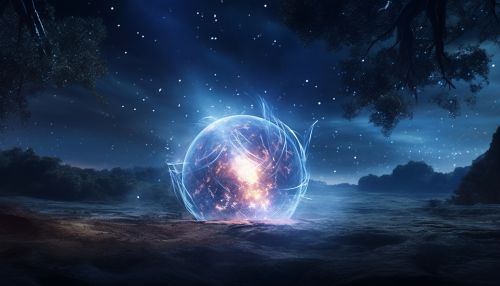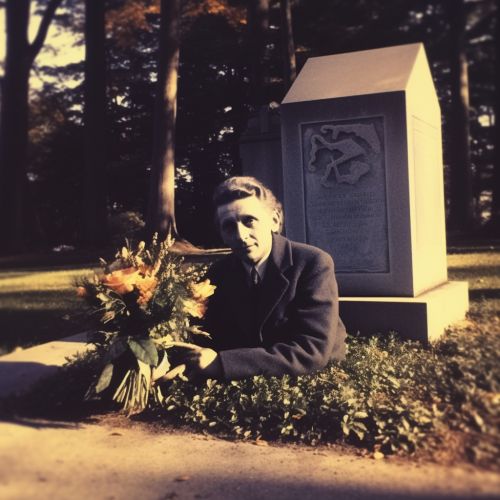Fritz Zwicky
Early Life and Education
Fritz Zwicky was born on February 14, 1898, in Varna, Bulgaria, to Swiss parents. His family returned to Switzerland when he was a young child, and he grew up in the city of Glarus. He showed an early interest in physics and mathematics, and went on to study at the Swiss Federal Institute of Technology (ETH) in Zurich. He graduated with a degree in mechanical engineering in 1922.


After graduation, Zwicky remained at ETH Zurich for several years, working as a research assistant. During this time, he began to focus more on physics and astronomy, and in 1925, he decided to move to the United States to pursue his studies at the California Institute of Technology (Caltech) in Pasadena, California.
Career and Research
Zwicky joined Caltech as a research fellow in 1925, and he spent the majority of his career there. He became a naturalized citizen of the United States in 1941. His research spanned a wide range of topics in physics and astronomy, but he is perhaps best known for his work on supernovae, neutron stars, and dark matter.


Supernovae
Zwicky's work on supernovae began in the early 1930s, when he and his colleague Walter Baade proposed that these dramatic stellar explosions could be the result of a process they called a "supernova." They suggested that a supernova explosion could leave behind a dense, compact object known as a neutron star. This was a revolutionary idea at the time, as neutron stars were not confirmed to exist until the 1960s.
Zwicky and Baade also proposed that supernovae could be responsible for the production of cosmic rays, high-energy particles that originate from outside the Solar System. This idea was later confirmed by other researchers.
Neutron Stars
Zwicky's work on neutron stars was closely tied to his research on supernovae. He proposed that these dense, compact objects could be the remnants left behind after a supernova explosion. Neutron stars are incredibly dense, with a mass comparable to that of the Sun but a size comparable to that of a city. Zwicky's prediction of the existence of neutron stars was confirmed in the 1960s with the discovery of pulsars, which are rapidly rotating neutron stars.


Dark Matter
Perhaps Zwicky's most significant contribution to astronomy was his work on dark matter. In the 1930s, he was studying clusters of galaxies when he noticed something strange: the galaxies in the clusters were moving too fast. According to the laws of gravity, they should have flown apart, but they were held together. Zwicky proposed that there must be some unseen mass, which he called "dunkle Materie," or dark matter, holding the galaxies together. This was the first time the concept of dark matter was introduced, and it has since become a major area of research in astronomy.
Later Life and Legacy
Zwicky continued to work at Caltech until his retirement in 1968. He passed away on February 8, 1974, in Pasadena, California. His contributions to astronomy and physics have had a lasting impact on the field. His work on supernovae, neutron stars, and dark matter has shaped our understanding of the universe.


